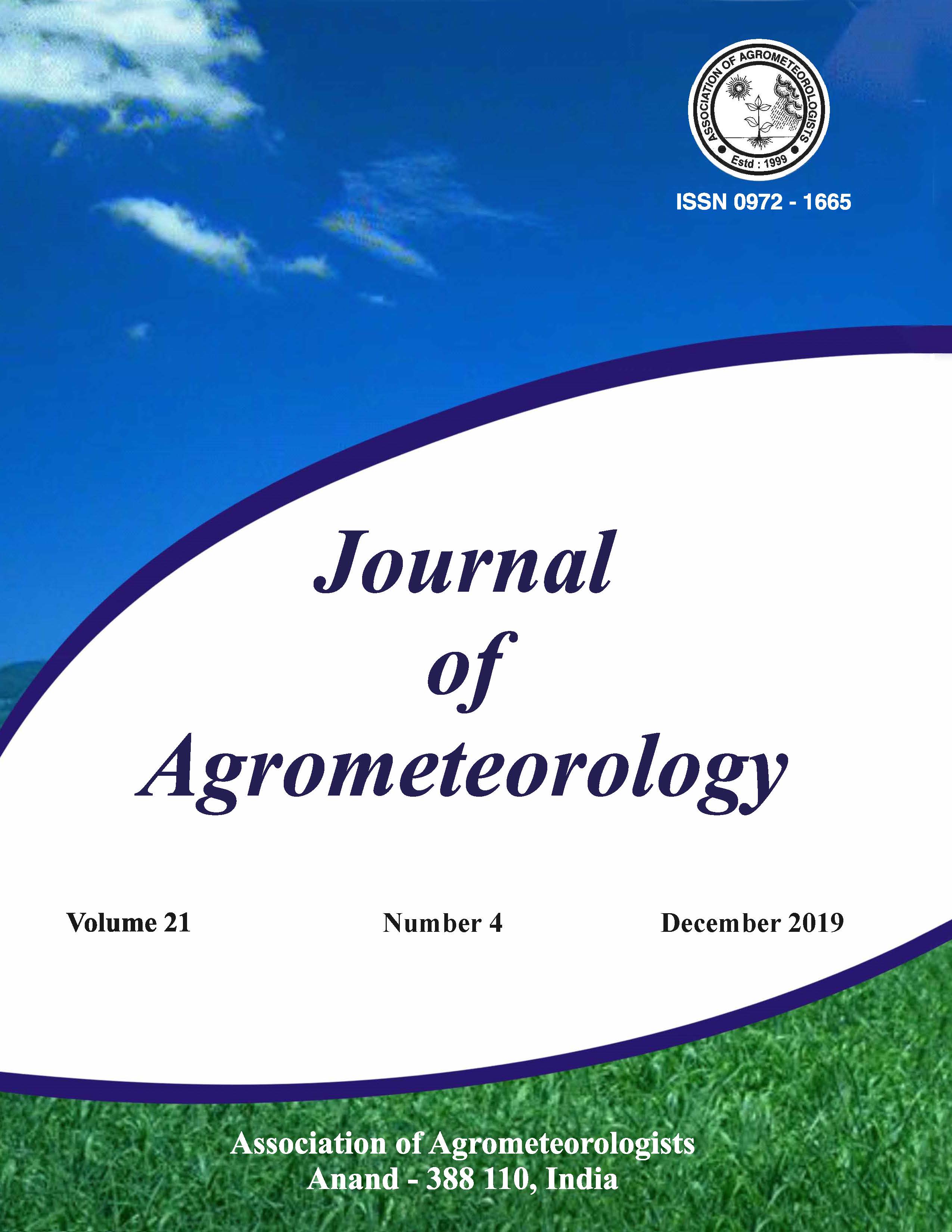Quantile mapping for improving precipitation extremes from regional climate models
DOI:
https://doi.org/10.54386/jam.v21i4.278Keywords:
Extreme precipitation, bias correction, regional climate models, non-parametric methods, extreme value theory, new extremesAbstract
The potential of quantile mapping (QM) as a tool for bias correction of precipitation extremes simulated by regional climate models (RCMs) is investigated in this study. We developed an extended version of QM to improve the quality of bias-corrected extreme precipitation events. The extended version aims to exploit the advantages of both non-parametric methods and extreme value theory. We evaluated QM by applying it to a small ensemble of hindcast simulations, performed with RCMs at six different locations in Europe. We examined the quality of both raw and bias-corrected simulations of precipitation extremes using the split sample and cross-validation approaches. The split-sample approach mimics the application to future climate scenarios, while the cross-validation framework is designed to analyse “new extremes”, that is, events beyond the range of calibration of QM. We demonstrate that QM generally improves the simulation of precipitation extremes, compared to raw RCM results, but still tends to present unstable behaviour at higher quantiles. This instability can be avoided by carefully imposing constraints on the estimation of the distribution of extremes. The extended version of the bias-correction method greatly improves the simulation of precipitation extremes in all cases evaluated here. In particular, extremes in the classical sense and new extremes are both improved. The proposed approach is shown to provide a better representation of the climate change signal and can thus be expected to improve extreme event response for cases such as floods in bias-corrected simulations, a development of importance in various climate change impact assessments. Our results are encouraging for the use of QM for RCM precipitation post-processing in impact studies where extremes are of relevance.
Downloads
Published
How to Cite
Issue
Section
License

This work is licensed under a Creative Commons Attribution 4.0 International License.
This is a human-readable summary of (and not a substitute for) the license. Disclaimer.
You are free to:
Share — copy and redistribute the material in any medium or format
Adapt — remix, transform, and build upon the material
The licensor cannot revoke these freedoms as long as you follow the license terms.
Under the following terms:
Attribution — You must give appropriate credit, provide a link to the license, and indicate if changes were made. You may do so in any reasonable manner, but not in any way that suggests the licensor endorses you or your use.
NonCommercial — You may not use the material for commercial purposes.
ShareAlike — If you remix, transform, or build upon the material, you must distribute your contributions under the same license as the original.
No additional restrictions — You may not apply legal terms or technological measures that legally restrict others from doing anything the license permits.
Notices:
You do not have to comply with the license for elements of the material in the public domain or where your use is permitted by an applicable exception or limitation.
No warranties are given. The license may not give you all of the permissions necessary for your intended use. For example, other rights such as publicity, privacy, or moral rights may limit how you use the material.





